On November 24, 2018, I crossed through the San Ysidro border into Tijuana, Mexico from California — the same port of entry that was shut down one day later after 500 migrants from the Northern Triangle #themigrantcaravan attempted to rush the border. As Americans, it is often so easy to ignore what life is like on the other side of a border, especially when it is one that we can cross through (and back again) so easily.
Sometimes, it can be hard to understand the other side of a story when it is so far estranged from our own experiences. Thus, we cannot place it in context. We cannot feel it. It is "us" and "them" with no connection between the two. Here, I offer a point of comparison from an American passing through the San Ysidro border and then back again into California before the end of the day. I hope to paint this story by illustrating the contrast between what is normal for me and what is normal for the people that currently reside in the border town of Tijuana, Mexico.
I woke up at 2:30am in Los Ángeles, napped on the car ride, and woke up at 5:30am in Tijuana, Mexico. No one stopped us or asked for our passports as we left the US. In fact, I was asleep in the car.
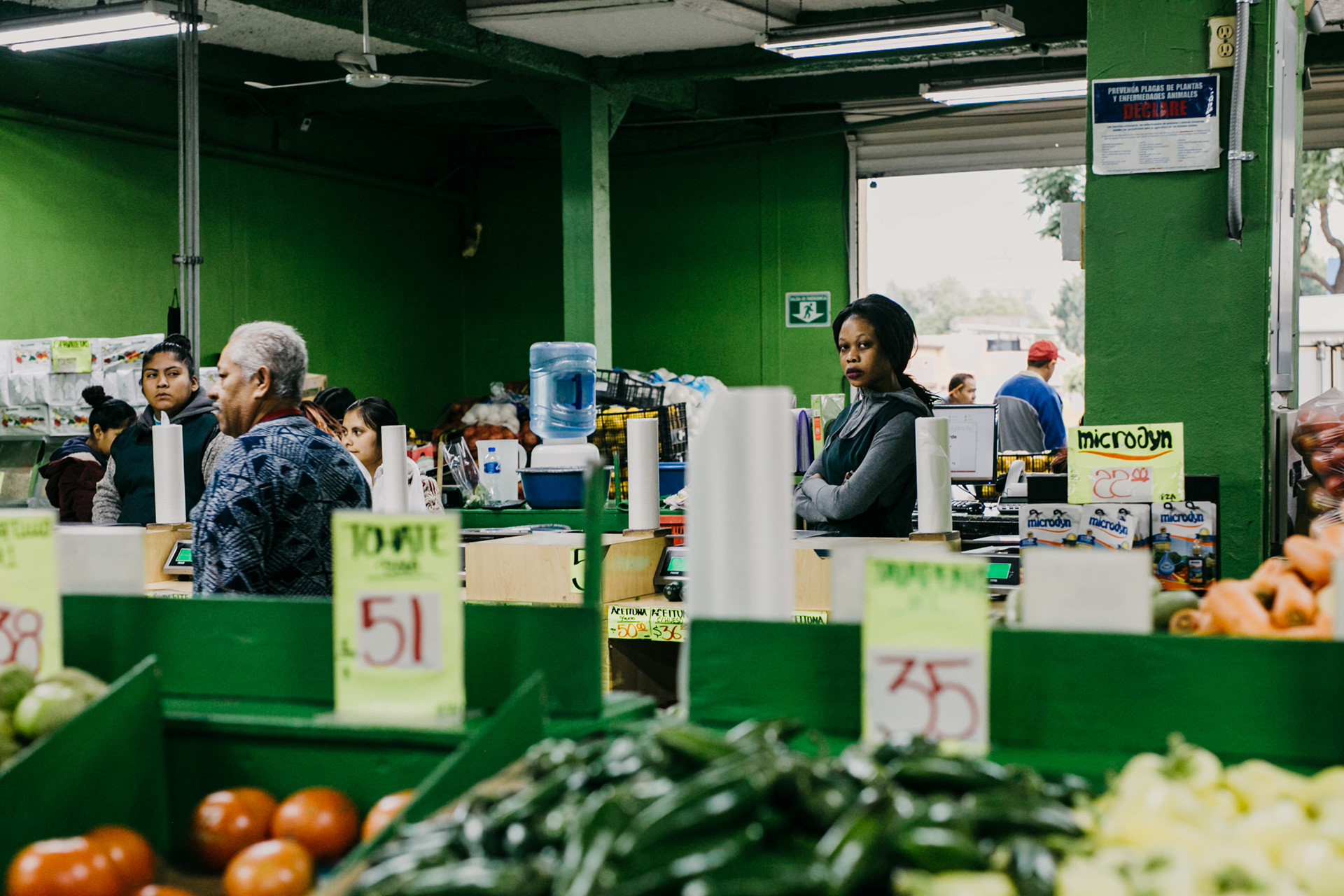
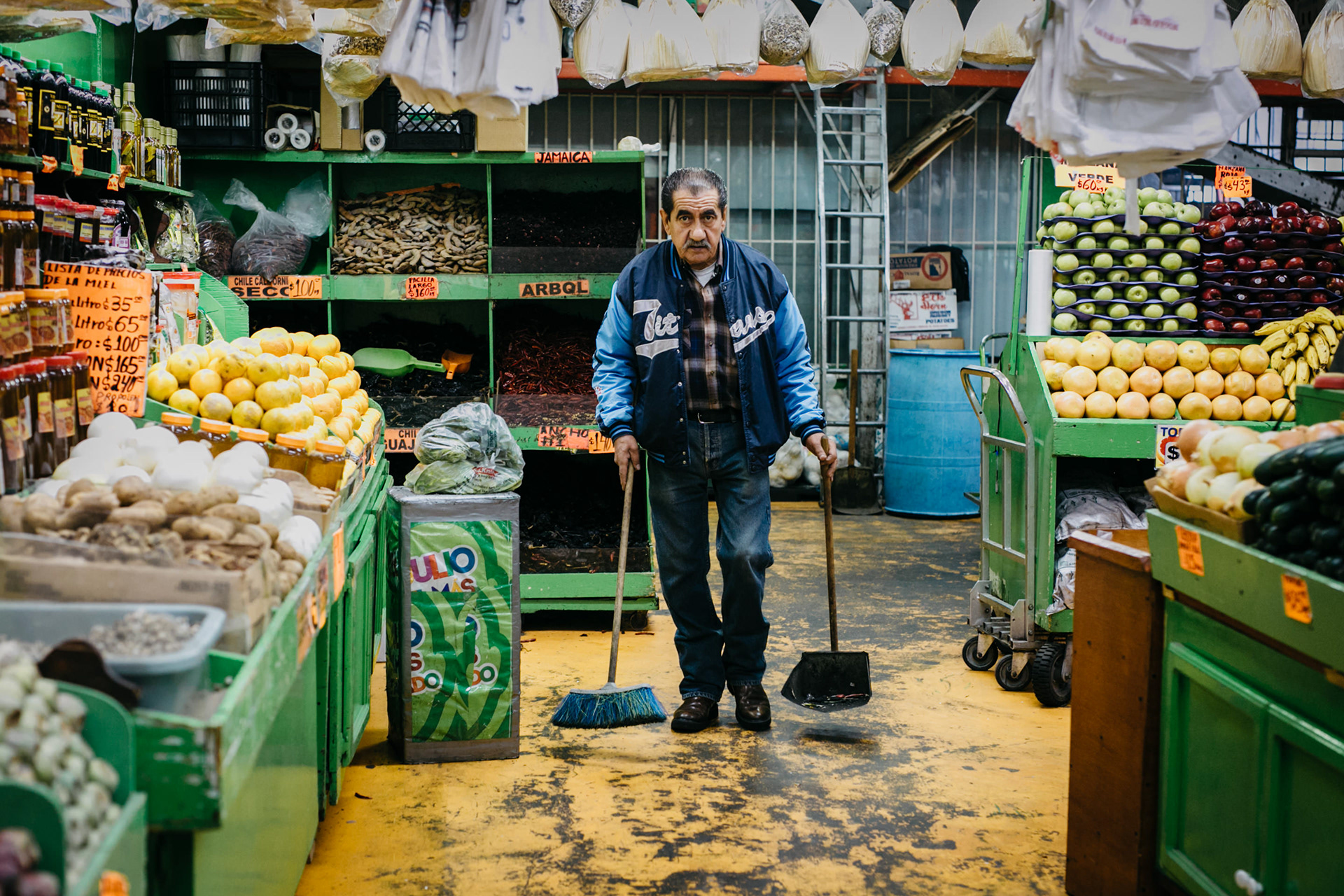
(Left) A Haitian woman works at a grocery store checkout. Many Haitians come to Tijuana with hopes to later entering the US. But many get stay for much longer than expected in this border town. (Right) A local store owner cleans the floor before opening his shop.
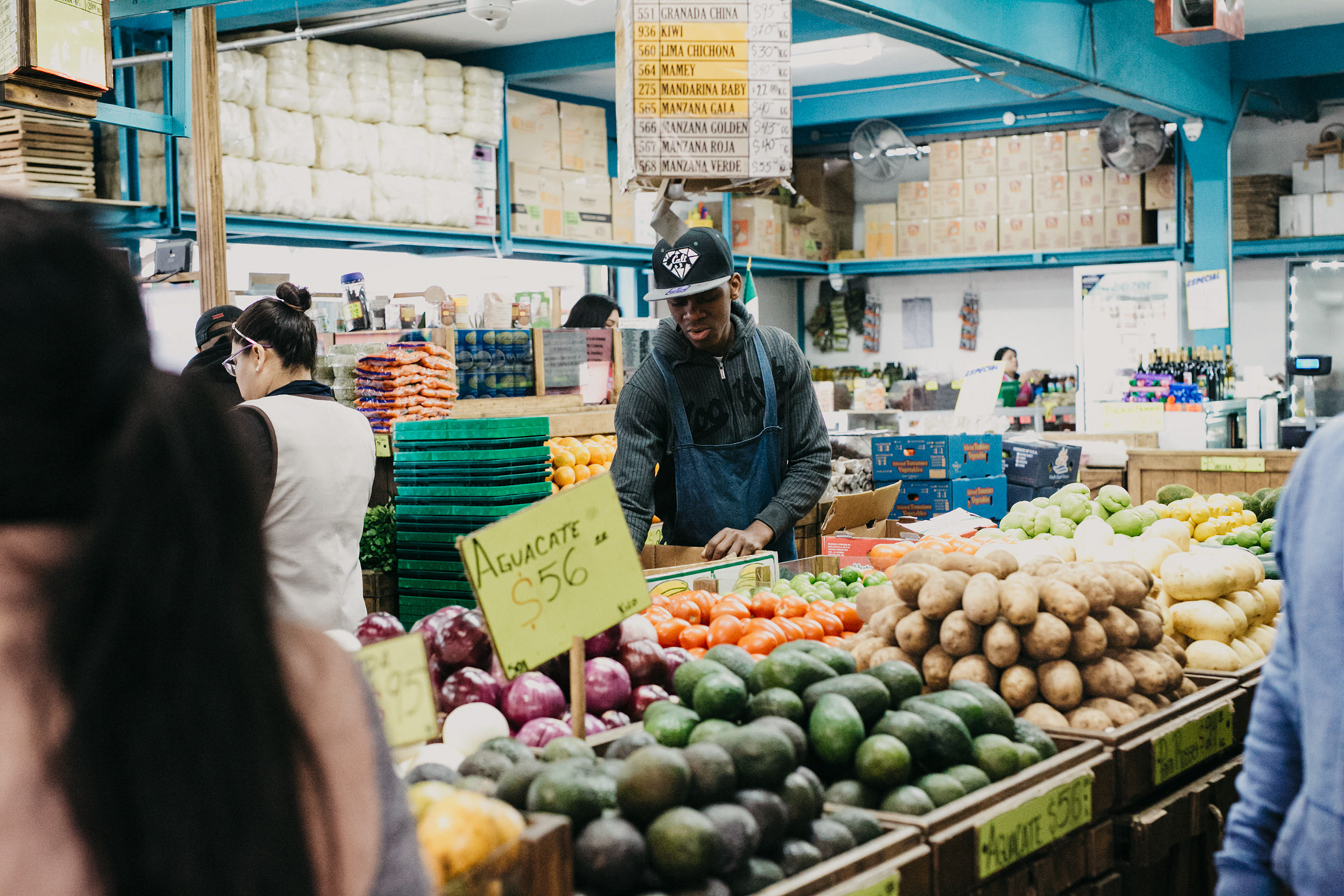
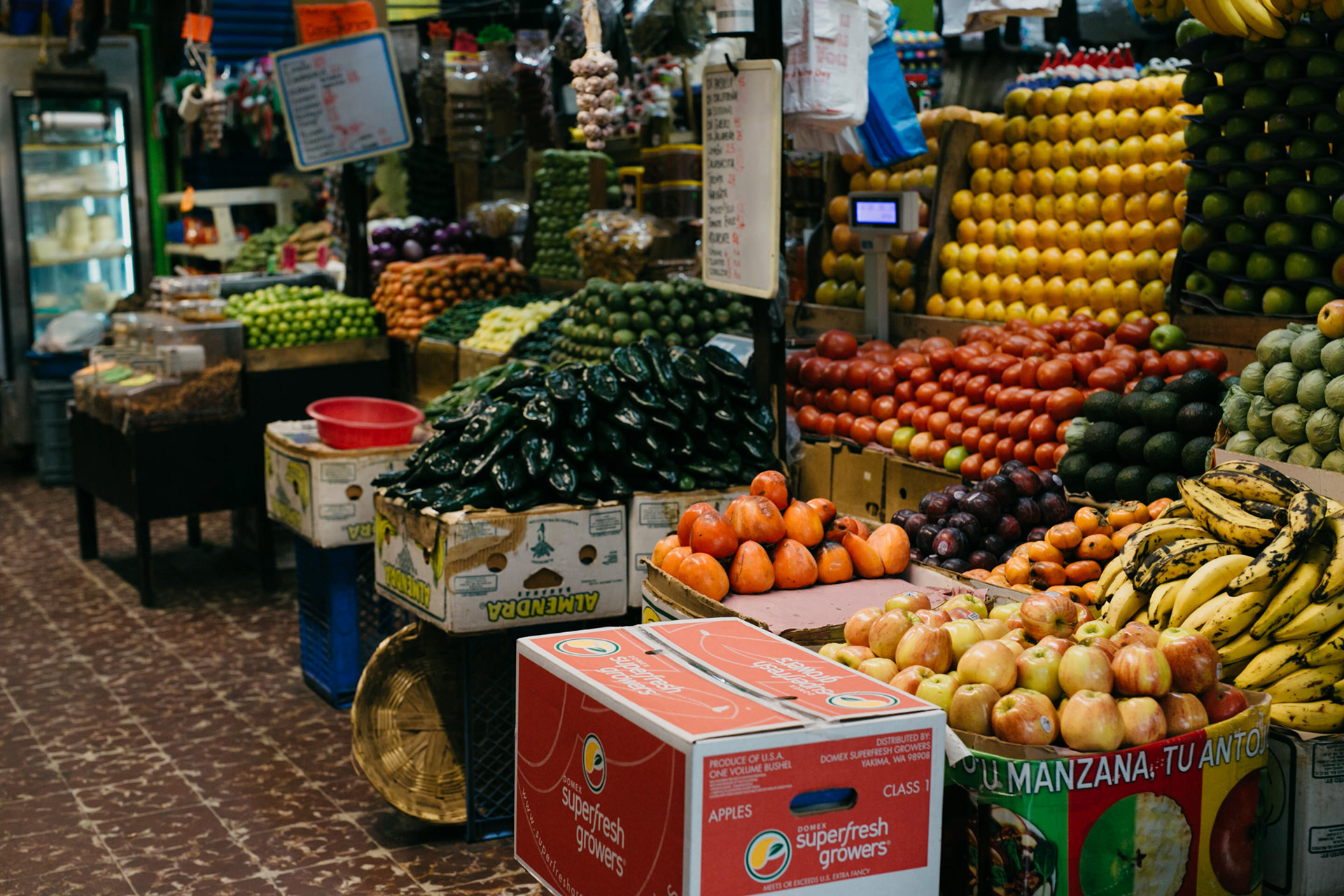
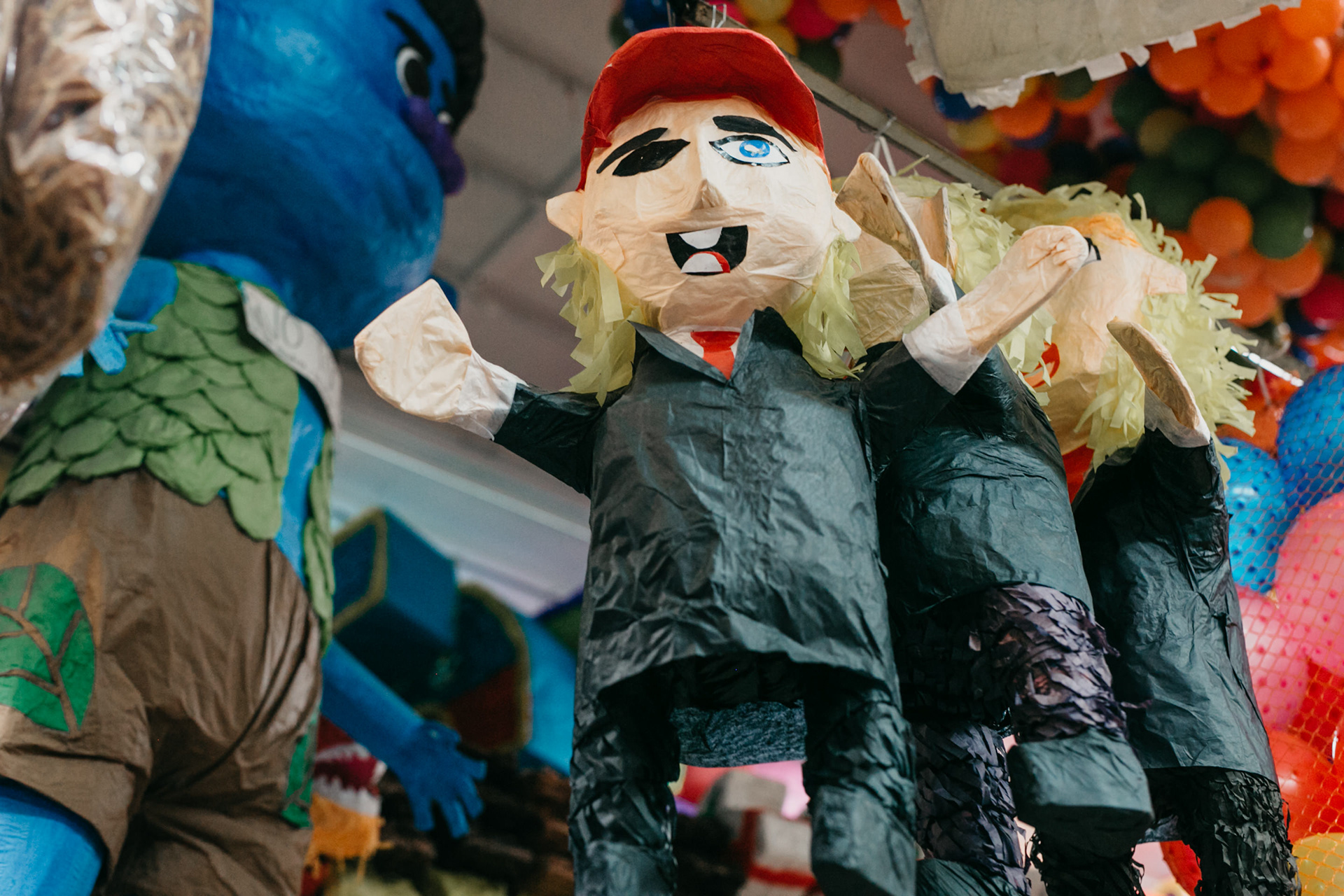
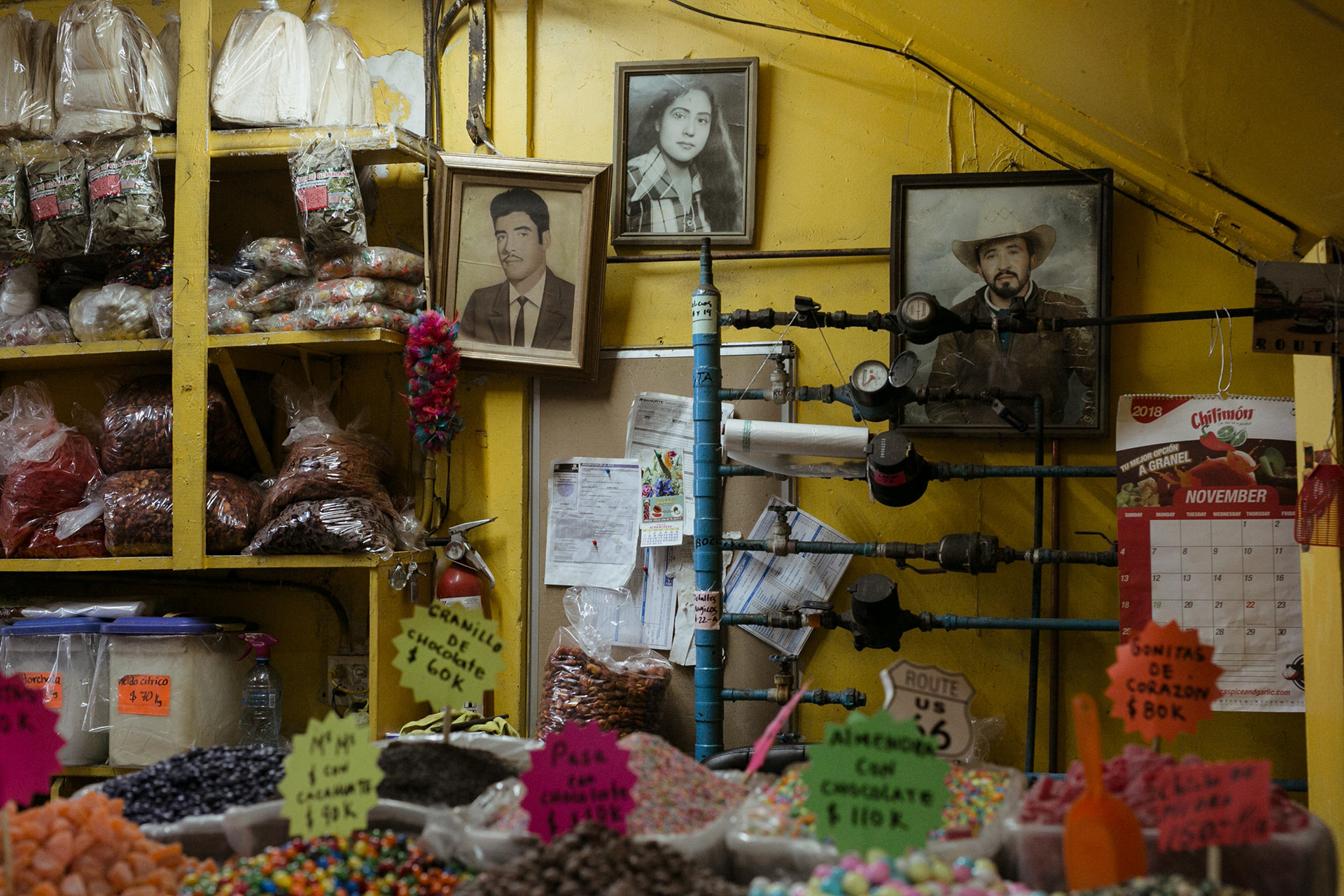
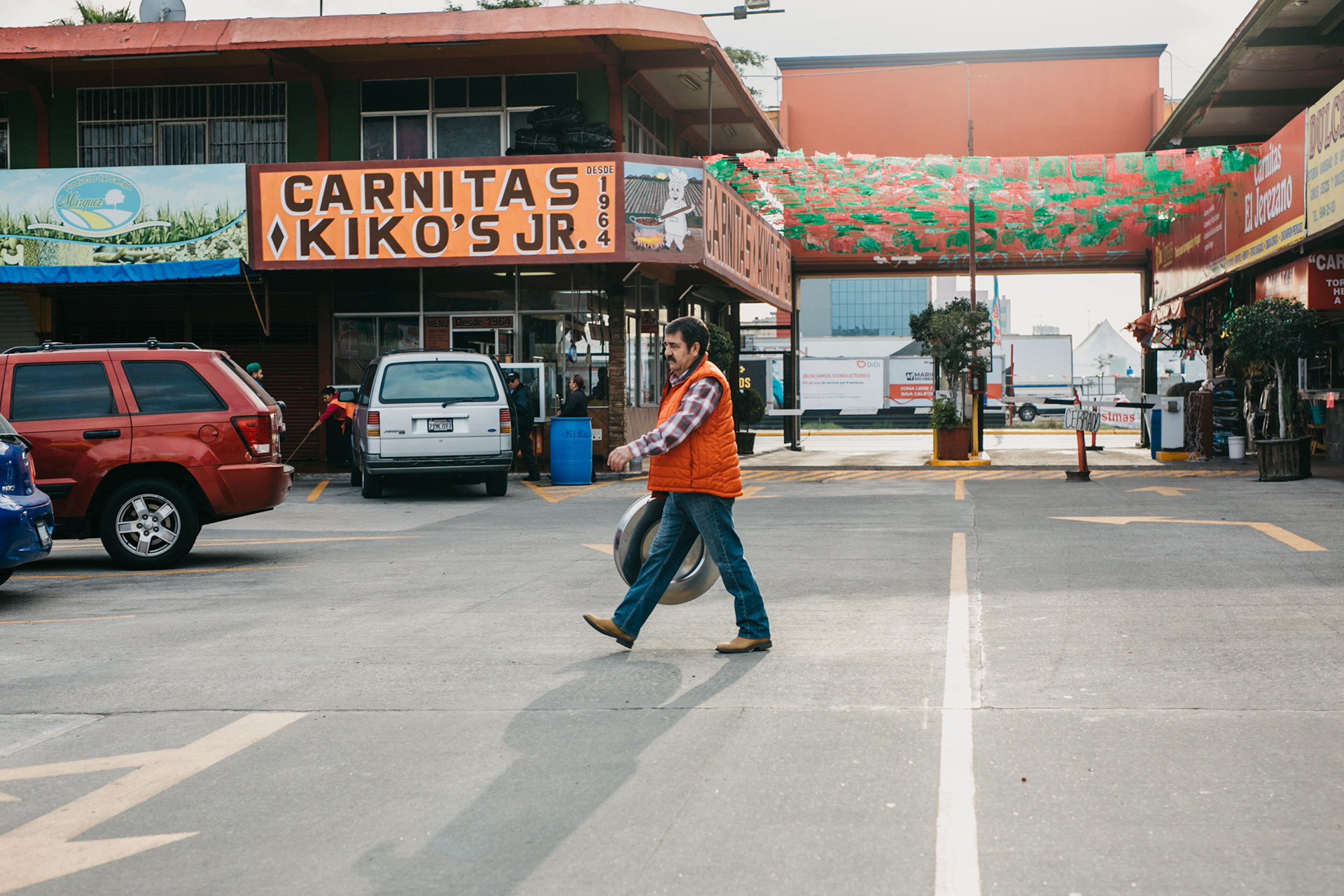
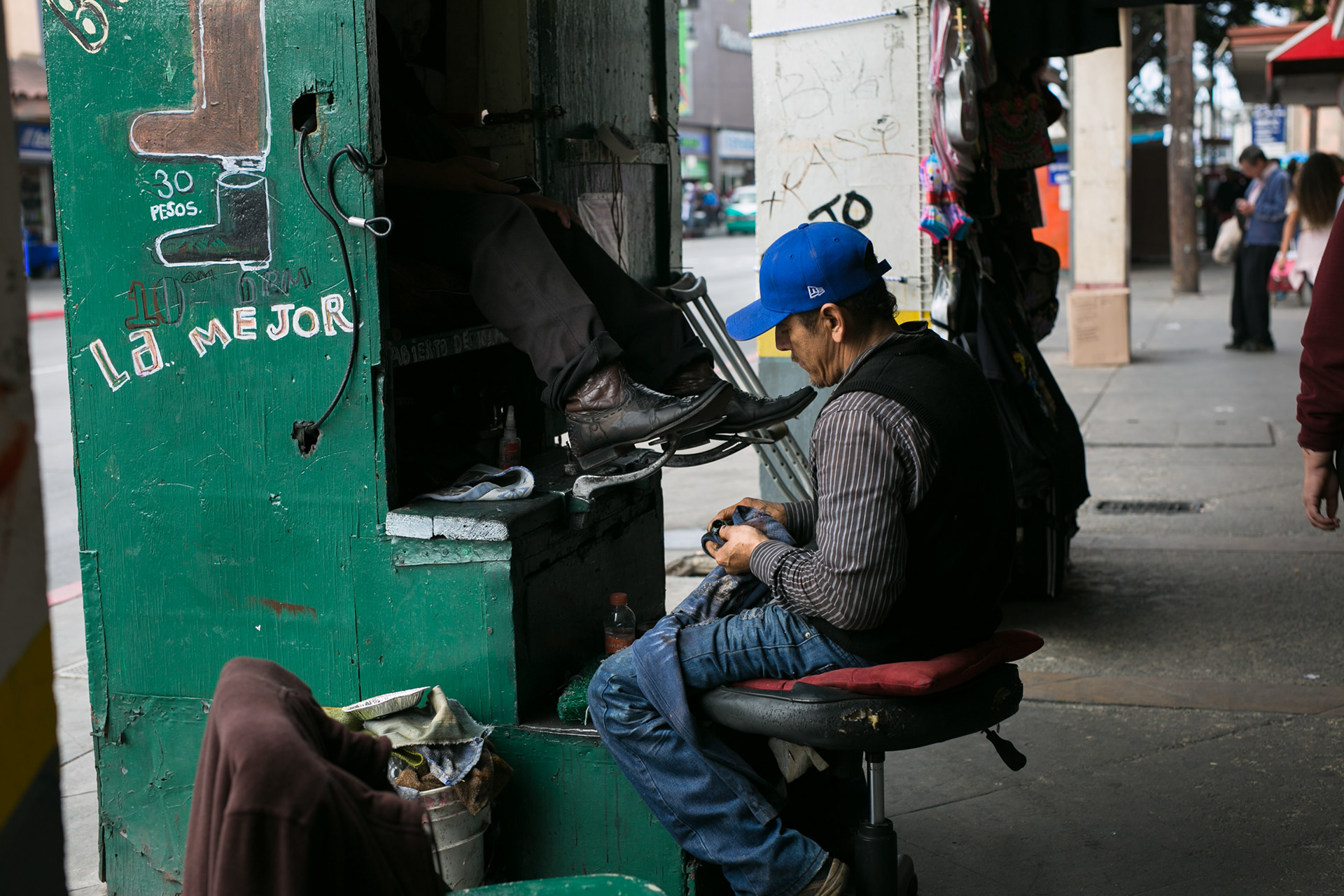
"Sometimes, it can be hard to understand the other side of a story when it is so far estranged from our own experiences."

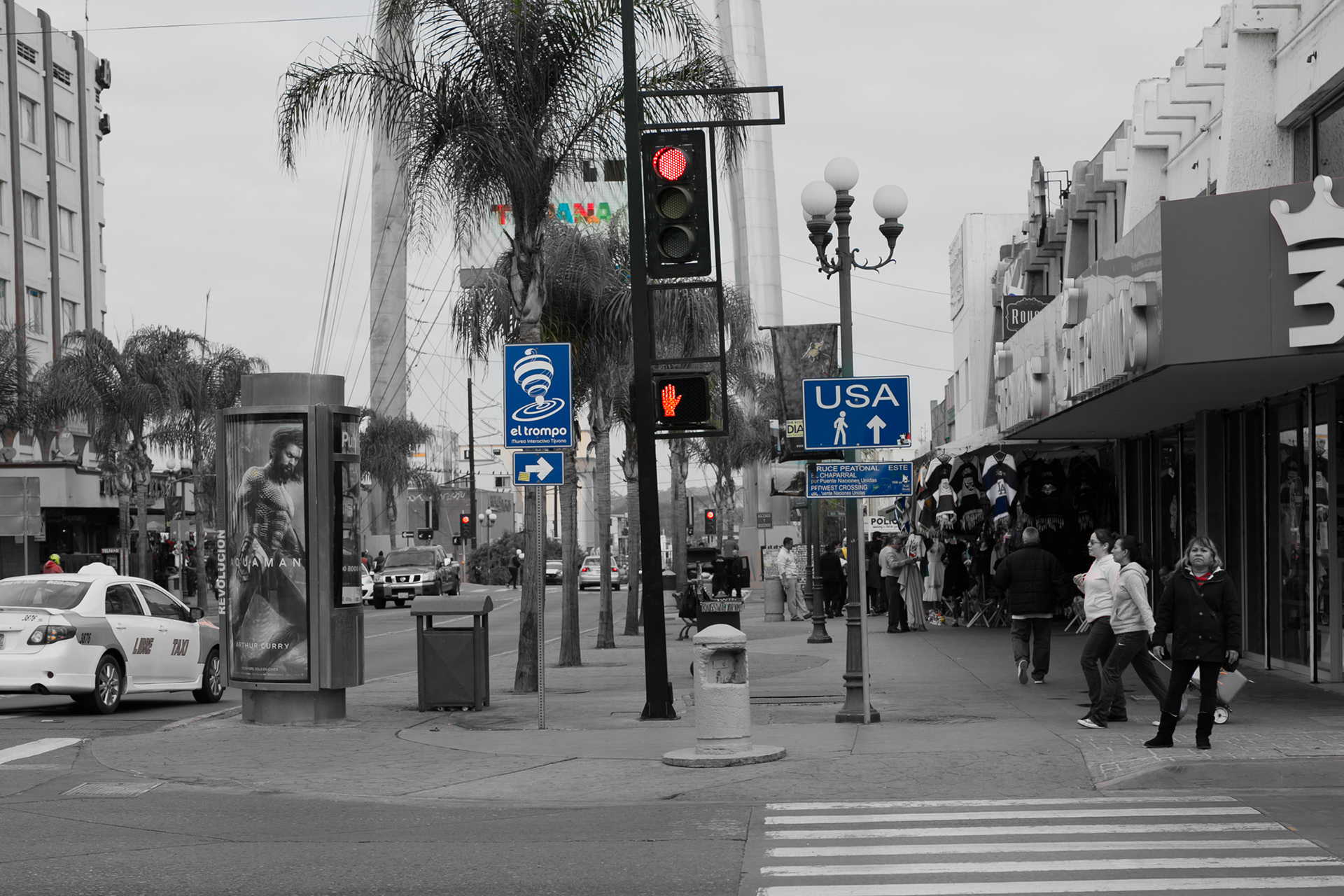
(Above) Barefoot Honduran man prays at the steps of a church only hundreds of meters away from the US border. | Tijuana, Mexico | November 24, 2018
For many of the people here, this is home.
What does home look like for you?
What does home look like for you?


The border hasn’t always been this militarized. But today, things are different. Just a week before these images were taken, additional barriers were added (pictured above in the image on the right) pushing the line back another 100 feet into Mexico. Everywhere you look, you see members of the National Guard, Federal Police, Customs and Border Patrol, military helicopters, and machinery and technology you would only expect in a war zone.

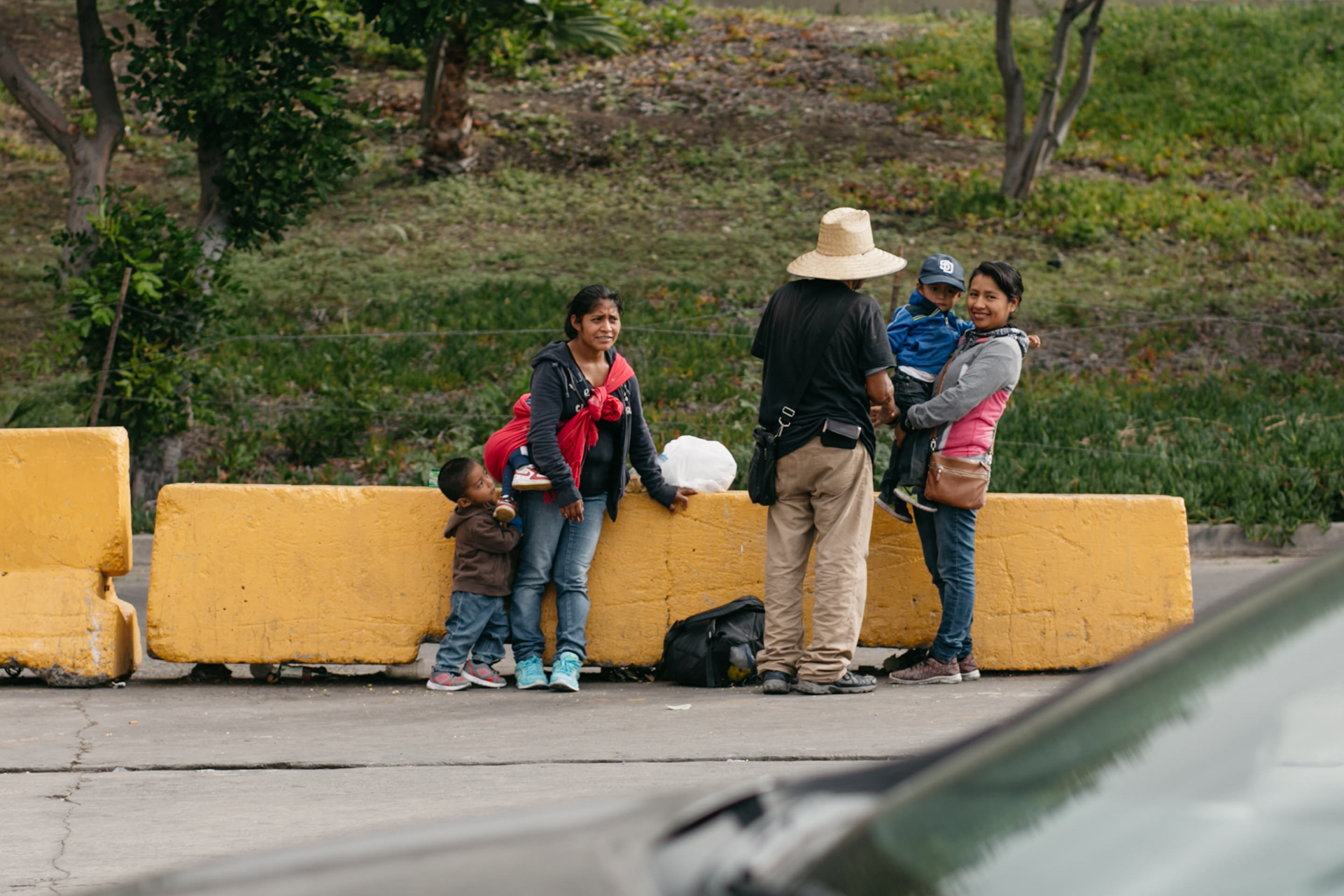
(Above) A displaced Honduran family sits at the barriers that line the entry to the San Ysidro port in Tijuana, Mexico.
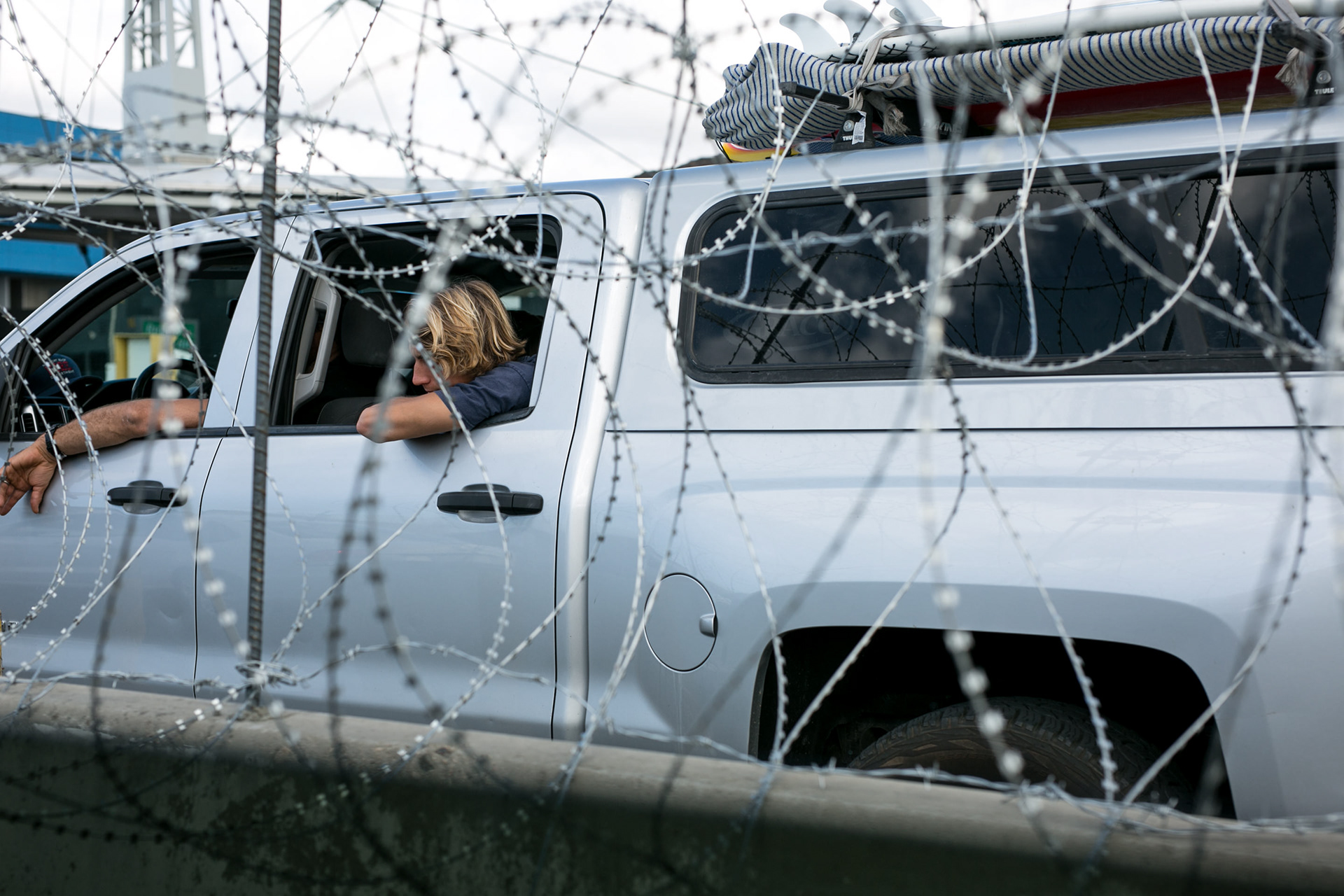
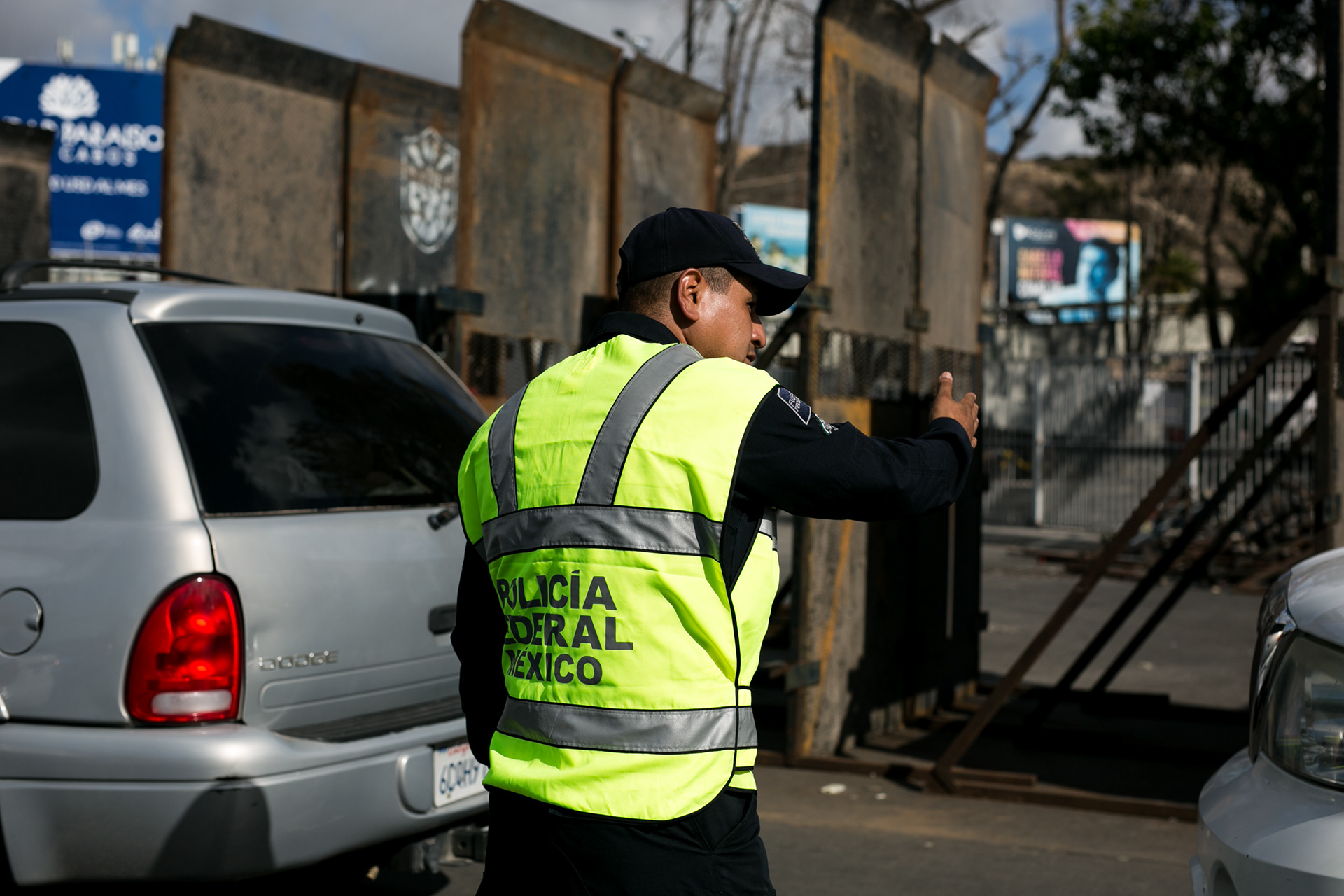
(Right) A California family returns from a surfing trip in Mexico. November 24, 2018.
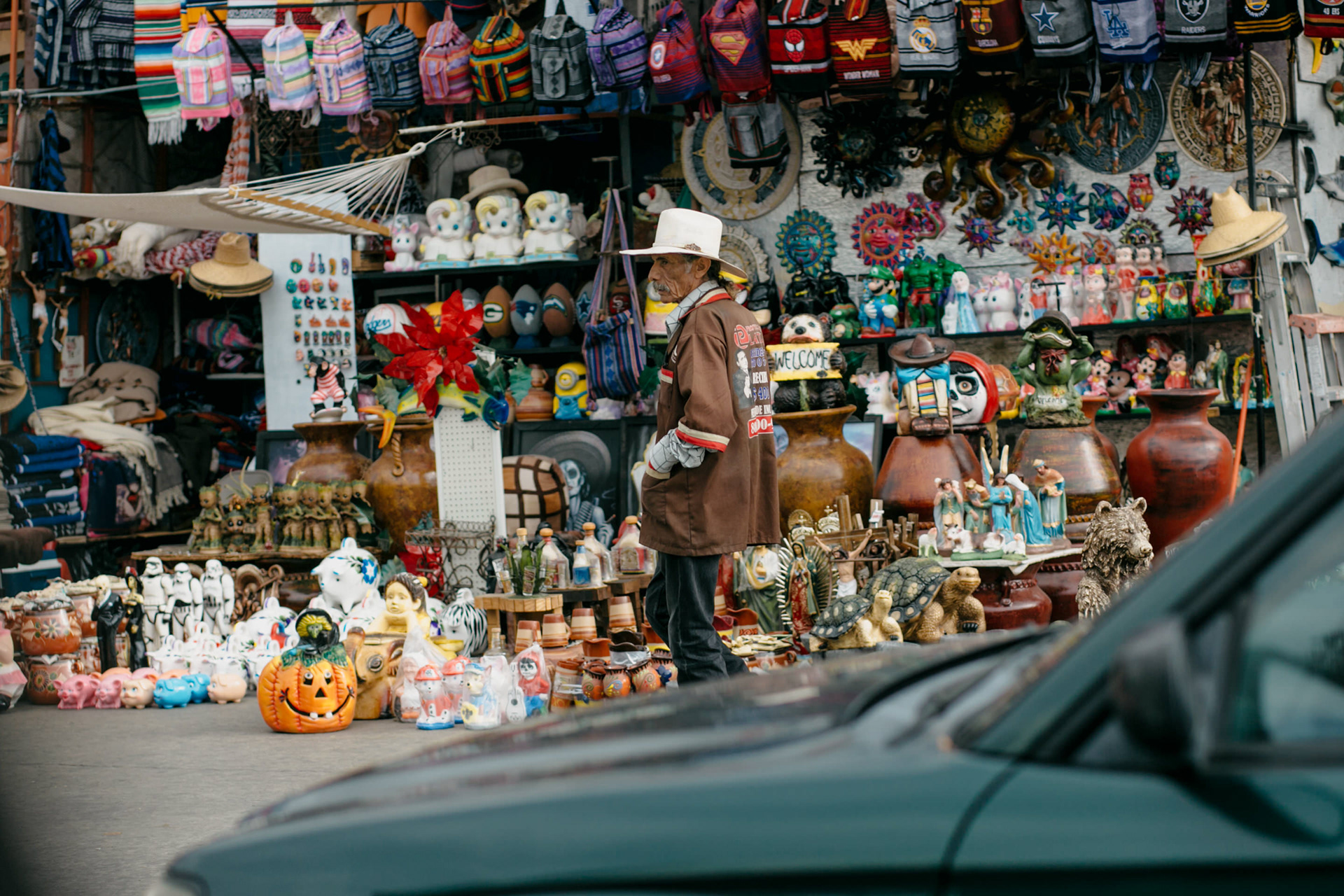
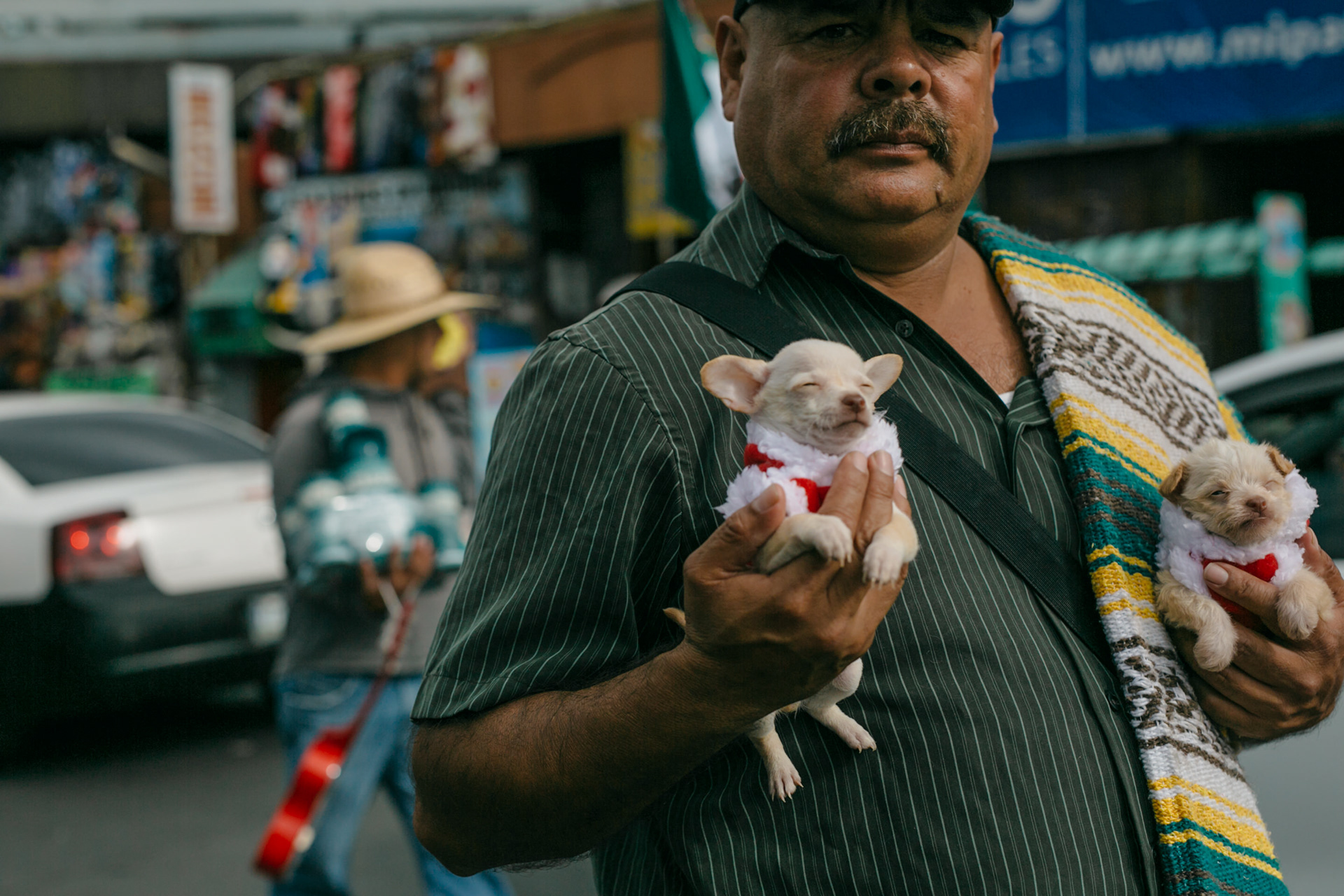
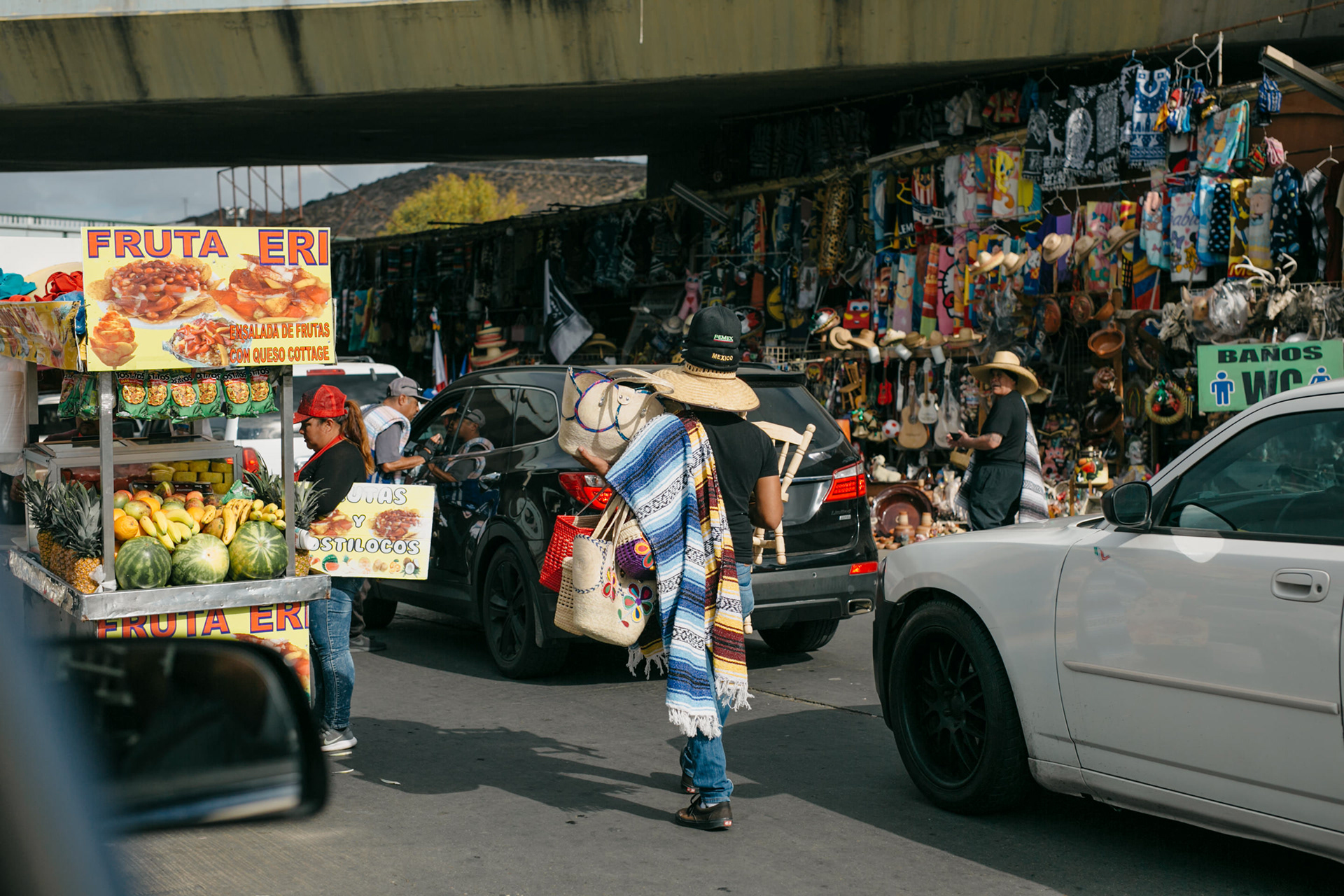
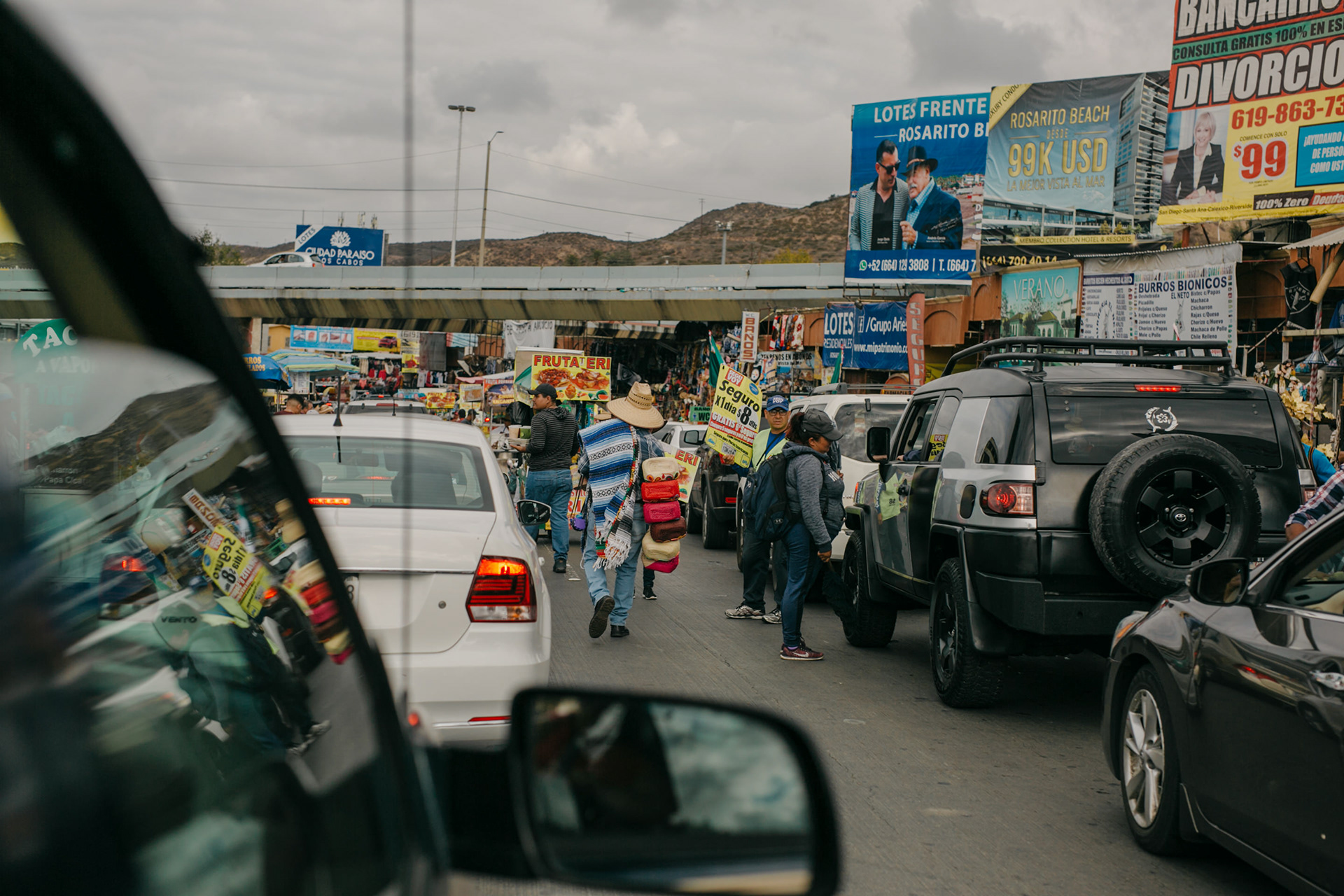


(Above) A mothers of a child with Zika sells packs of gum to the cars waiting in line for the San Ysidro port on the Mexican side of the border.
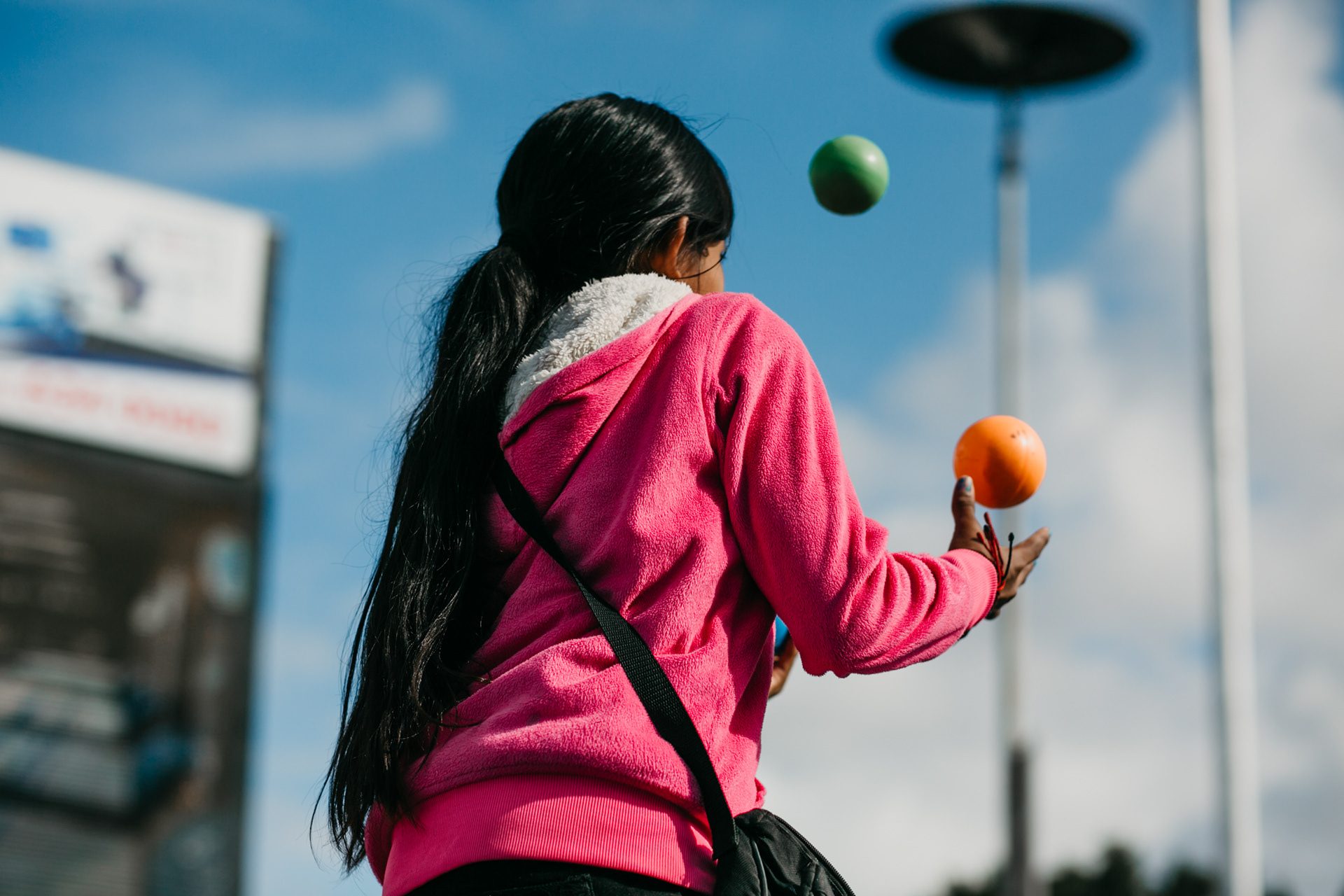
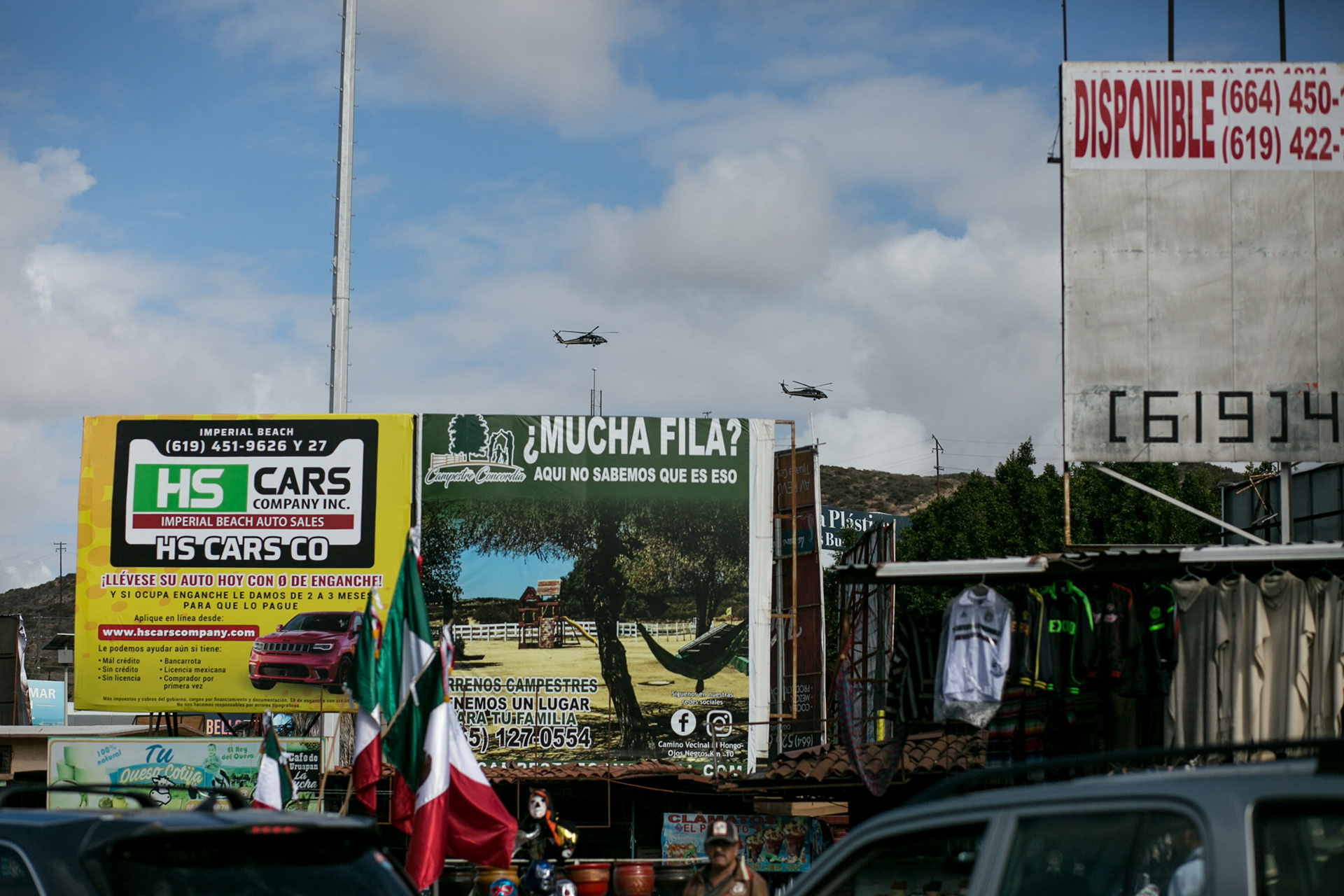
On this trip, I was accompanied by my boyfriend and his parents, who moved to the US from Michoacán, Mexico in their teens. His dad first walked across this border (after traversing hundreds of miles of treacherous desert and mountainous terrain) when he was only 16; he mentions how each time he would look across the border into the US, his heart would fill with such fear, but also hope.
Now, a US citizen, he crosses with his whole family and me in his truck. Despite the fact that he and his wife are both now US citizens, each time he crosses this border is still accompanied by anxiety. So often, the scars of xenophobia, racism, and trauma outlive that which caused them in the first place.